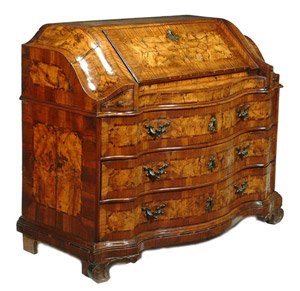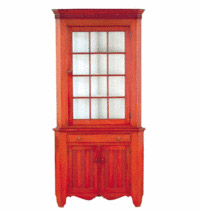SAN JOSE, Calif. (ACNI) – EBay has stepped up to the plate and addressed the 800-lb. elephant that has loomed large since the online-commerce giant launched its site in 1995: the problem of no definitive referee to resolve buyer/seller disputes.
In an April 14 posting in its News section, eBay’s Senior Vice President & General Manager, North America, Stephanie Tilenius, announced that the company has now established “an entire team devoted to finding new ways to help [eBay users] improve their efficiency.” One of the key areas the team will oversee is the resolution of squabbles resulting from claims including non-receipt of purchased items or items said to be different than as described in the eBay seller’s ad.
“The goals of the new process are to keep buyers on eBay by giving them a more familiar e-commerce resolution experience, and to reduce the time buyers and sellers spend resolving issues,” Tilenius said. But that doesn’t mean the process will be a single-step solution in which eBay is the stage-one ombudsman.
“Direct communication between buyers and sellers will continue to be strongly encouraged,” Tilenius said. “[but] buyers and sellers will also have an option to call eBay.” A tollfree number will be available, as will an internally generated dispute form available on the eBay Web site, which initially would be the default option available to non-U.S.-based users.
Continue reading



